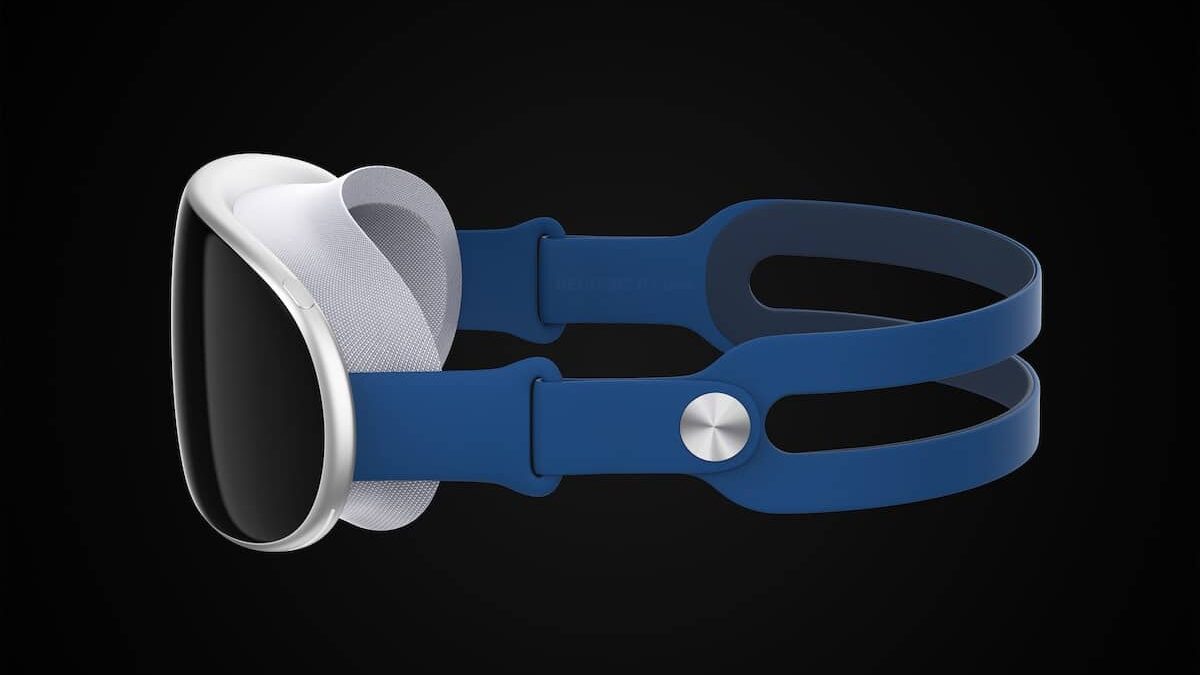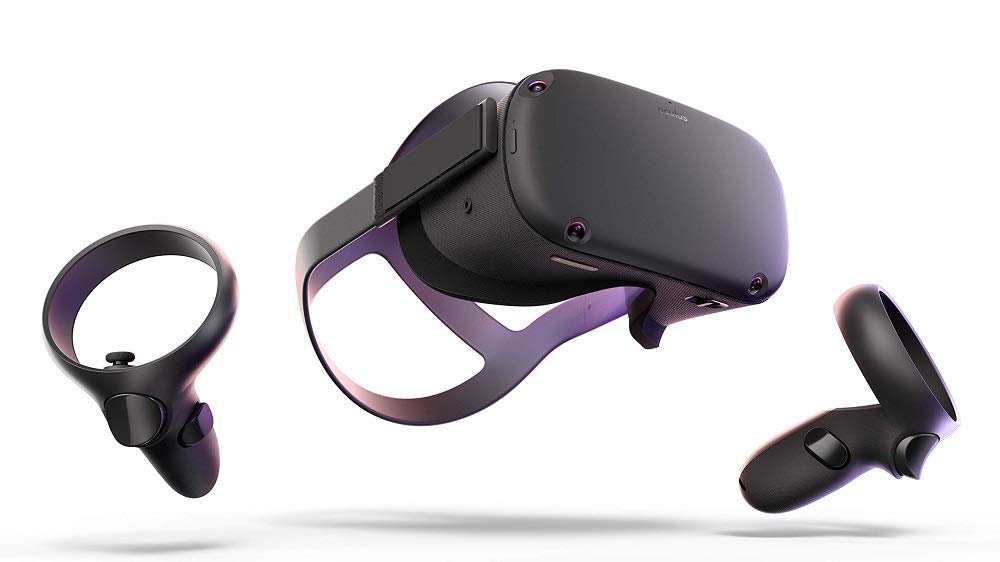Shipments for VR headsets saw a 241.6% year-over-year rise in the first quarter of 2022, according to new research. Shipments for the whole VR market are expected to reach 13.9M units this year. The research further suggests that while Meta continues to further its market share in the VR space, its strategy of promoting low-cost hardware is not sustainable in the long run.

Meta still captures biggest share of VR market, but that is set to when competitors release VR headsets
According to a new report by IDC, Meta captured 90% of the VR headset market as the Quest 2 continues to be a popular choice among consumers. ByteDance’s Pico is in second place, capturing 4.5% of the market.
Meta furthered its share, capturing 90% of the market as the Quest 2 remains immensely popular and Meta continues to offer more exclusive content while subsidizing hardware. Following Meta was ByteDance’s Pico with 4.5% share. While Pico has largely operated within China’s borders, it has maintained a presence in many global markets though this has primarily occurred in the commercial segment.
The report notes that Meta’s business strategy of offering low-cost hardware – which it has not even developed – for a high price tag in the name of profit is not sustainable.
“Meta continues to pour dollars into developing the metaverse but the strategy of promoting low-cost hardware at the expense of profitability isn’t sustainable in the long run,” said Jitesh Ubrani, research manager for IDC Mobility and Consumer Device Trackers. “The good news is that the upcoming productivity-oriented headset from Meta will serve as the starting point for the company’s pivot towards higher revenue generating hardware and will also help provide an uplift in end-user pricing for the entire industry as average selling prices creep up and the tech substantially improves.”

As the VR headset market continues to grow, so will the competition with Sony and Apple looking to launch their own headsets. IDC believes new companies entering the VR headset market will lead to a period of rapid growth in the segment. In the meantime, companies like Meta and Sony are working on using their products to fulfill a niche in the market.
“All eyes will be on Apple as it launches its first headset next year, and while it is tempting to imagine the company shipping high volumes, keep in mind that this is its first headset that will appeal primarily to a small audience of early adopters and Apple fans,” noted Ramon Llamas, research director with IDC’s Augmented and Virtual Reality team. “Further iterations will likely show evolution that will grow by leaps and bounds. In the meantime, companies like Meta and Sony already have a strong installed base and pent-up demand that they can tap into. Altogether, this is a strong driver to push the market forward.”
Apple’s mixed-reality headset, which will arrive in January 2023, is expected to feature two M1-like chips which will power three displays that use OLED technology with 3,000 PPI and Fresnel’s hybrid ultra-short focal length lenses.
Apple is creating the product for short periods of use. In terms of price, it is expected to cost several thousand dollars since the first-generation headset will be higher-end, aimed at professionals and developers to expand Apple’s ecosystem in AR/VR.



